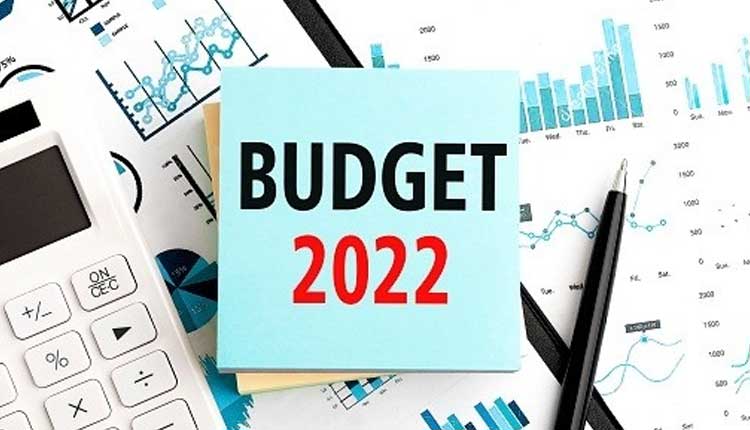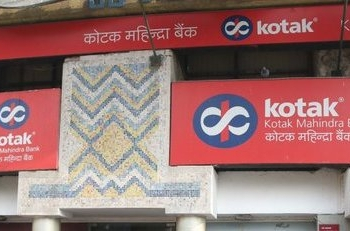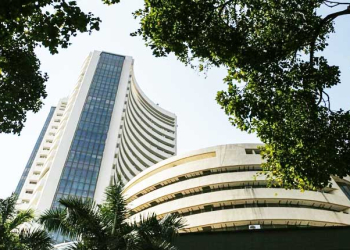New Delhi: Industry leaders are happy after Prime Minister Narendra Modi’s speech at the World Economic Forum (WEF) in Davos, where he dwelt on India’s infrastructure development mission in detail, informing the world leaders that an investment of $1.3 trillion is being made, especially on connectivity infrastructure.
Through innovative financing tools like asset monetisation, a target to generate $80 billion has been set and India has also launched the ‘Gati Shakti National Master Plan’ to bring every stakeholder on the same platform for promoting development. Under this National Master Plan (NMP), work will be done on infrastructure planning, development, and implementation in an integrated manner. This will give a new impetus to seamless connectivity and movement of goods, people, and services.
Budget 2021-22 seems set to reflect the government’s commitment to boost economic growth by investing in infrastructure development. This was substantiated by an increase in capital expenditure by 34.5 per cent (Rs 1,42,151 crore) over BE 2020-21. In the last three Budgets, the Ministry of Road Transport and Highways’ demand for grants shows the total Central expenditure on the sector was Rs 78,248.72 crore in Budget 2019-20, which was later increased up to Rs 10,1823.22 crore in Budget 2020-21, and Rs 11,8101.00 crore in Budget 2021-22.
The Prime Minister’s ‘Gati Shakti National Master Plan’ echoes the sentiments of industry and trade bodies.
Asked about the expectation from the government in the infrastructure sector in the upcoming budget, the Confederation of Indian Industry (CII) says that the government should focus more on strengthening logistics and related infrastructure, rationalise the time across all major ports and customs,and encourage membership to the authorised economic operator (AEO) programme, which carries several benefits for industry.
On infrastructure, the CII says that the government should promote digitisation of court procedures, facilitate publication of model contract templates and promote Alternative Dispute Resolution (ADR) mechanism, create dedicated benches of the NCLT for matters related to IBC, revamp cost of electricity supply from the grid to reduce costs, and standalone captive generators should not be penalised with electricity duty.
The Federation of Indian Chambers of Commerce and Industry (FICCI) seeks that the government resolve the issue of non-fund credit to the infrastructure sector. It says that industry has a problem with non-fund-based credit. The major problem relates to bank guarantees, in the way such BGs are required by clients, the way they are issued by banks, and most importantly, the way they are extinguished. This is adding unnecessarily to project costs and will be the single biggest obstacle to rapidly completing construction under the NIP.
Typically, 20 per cent of the project cost is locked up in BGs that extend into over 4 to 10 years. Hence, if the NIP is targeting Rs 40 trillion in FY 21 and FY22, the BGs of Rs 8 trillion would have to be taken by the private sector only in 2 years. It is time to go for revolving bank guarantees or insurance surety bonds, it said.
Along with this, the FICCI requested the government to issue a quarterly bidding calendar for the National Infrastructure Pipeline as well as the National Monetisation Pipeline as this will help the private sector in active participation.
ASSOCHAM thinks that the launch of the PM Gati Shakti programme is a landmark policy and execution enabler for providing ultra-speed to crucial infrastructure projects as India would see a cohesive approach to a holistic development with the Gati Shakti multi-modal connectivity, through a common technology-driven platform, not only bringing 16 different Central ministries to a common goal and vision but also taking the state governments on board. That is going to make a critical difference to the speed and cost-effectiveness of the projects, it said.
ASSOCHAM Secretary General said the Gati Shakti programme would infuse a great sense of urgency to the $1.5 trillion National Infrastructure Pipeline across different sectors, be it railways, ports, airports, waterways, and gas pipelines. Its execution would lead to a huge reduction in transaction costs and improvement in ease of doing business, as it is addressing a critical issue of quality infrastructure. Besides, at this point in the global economic paradigm, more and more progressive nations are focussing on raising spending on infrastructure as that has a great multiplier for the rest of the economy.
(IANS)





















